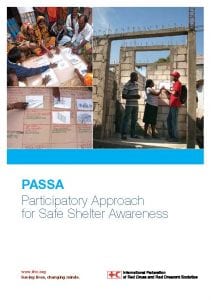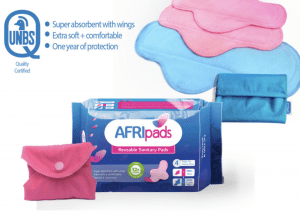
Agriculture
March 11, 2024

Updated on March 1, 2024
·Created on August 27, 2015
IFRC Shelter Kit is a set of tools and materials to make repairs to damaged homes.
IFRC Shelter Kit consists of a collection of tools and fixings along with two plastic tarpaulins. Items such as a handsaw, rope, nails, shovel, hoe, and additional tools typically used in post-disaster home repair are included. The kit does not provide any materials to build a structure.
Market Suggested Retail Price
$60.00
Target Users (Target Impact Group)
Distributors / Implementing Organizations
IFRC, Shelter Box, Red Cross, Global shelter cluster
Manufacturing/Building Method
A collection of tools stored in double-walled carton box.
Intellectural Property Type
Select Type
User Provision Model
IFRC and Shelter Box will distribute the kits in target areas following a disaster if they feel the items and tools in the kit could be beneficial to the displaced families.
Distributions to Date Status
50,000 as of 2008
Intended number of occupants (#)
N/A
Speed of assembly
N/A
Footprint area (m²)
N/A
Internal volume (m³)
N/A
Material composition
Woven plastic
Lifespan (years)
N/A
Flammable Flash Point Temperature (°C)
N/A
Maximum snow load (kg/m²)
N/A
Maximum wind speed (km/h)
N/A
Suitable climates
N/A
Design Specifications
The kit includes tarpaulins, rope, hand saw, roofing nails, shovel, hoe, machete, tin snips, nails, tie wire, claw hammer, and woven sack. The shipping weight is 11 kg.
Technical Support
N/A
Replacement Components
None
Lifecycle
Unknown
Manufacturer Specified Performance Parameters
Unknown
Vetted Performance Status
Unknown
Safety
Unknown
Complementary Technical Systems
Since the shelter kit consists only of tools, locally harvested or purchased construction materials are required for the kit to be used.
Academic Research and References
Fredriksen A. 2014, Emergency shelter topologies: locating humanitarian space in mobile and material practice, Environment and Planning D: Society and Space, 32(1):147-162.
Tafahomi, M., 2013, Learning from the past post-disaster emergency shelters, 5th International Conference on Education and New Learning Technologies (EDULEARN). International Association of Technology, Education and Development (IATED), pp. 2680-2689.
Slater, J., 2014, Urban systems of the refugee camp, Syracuse, (NY): Syracuse University.
World Health Organization, 1999, Development of a disaster preparedness tool kit for nursing and midwifery: report on a WHO meeting, Coleraine, United Kingdom 20-21 August 1999 (No. EUR/ICP/DLVR 02 04 02). Copenhagen: WHO Regional Office for Europe.
Compliance with regulations
Unknown
Other Information
Unknown

Agriculture
March 11, 2024

Agriculture
December 10, 2024
Implemented by
NRSRelief

Agriculture
February 26, 2024

Agriculture
March 1, 2024

Agriculture
September 26, 2023

Agriculture
February 28, 2024

Agriculture
September 9, 2020

Agriculture
December 14, 2023
Implemented by
AFRIpads

Agriculture
January 17, 2024
Implemented by
Aquagenx

Agriculture
November 17, 2023
Implemented by
AYZH
Have thoughts on how we can improve?
Give Us Feedback